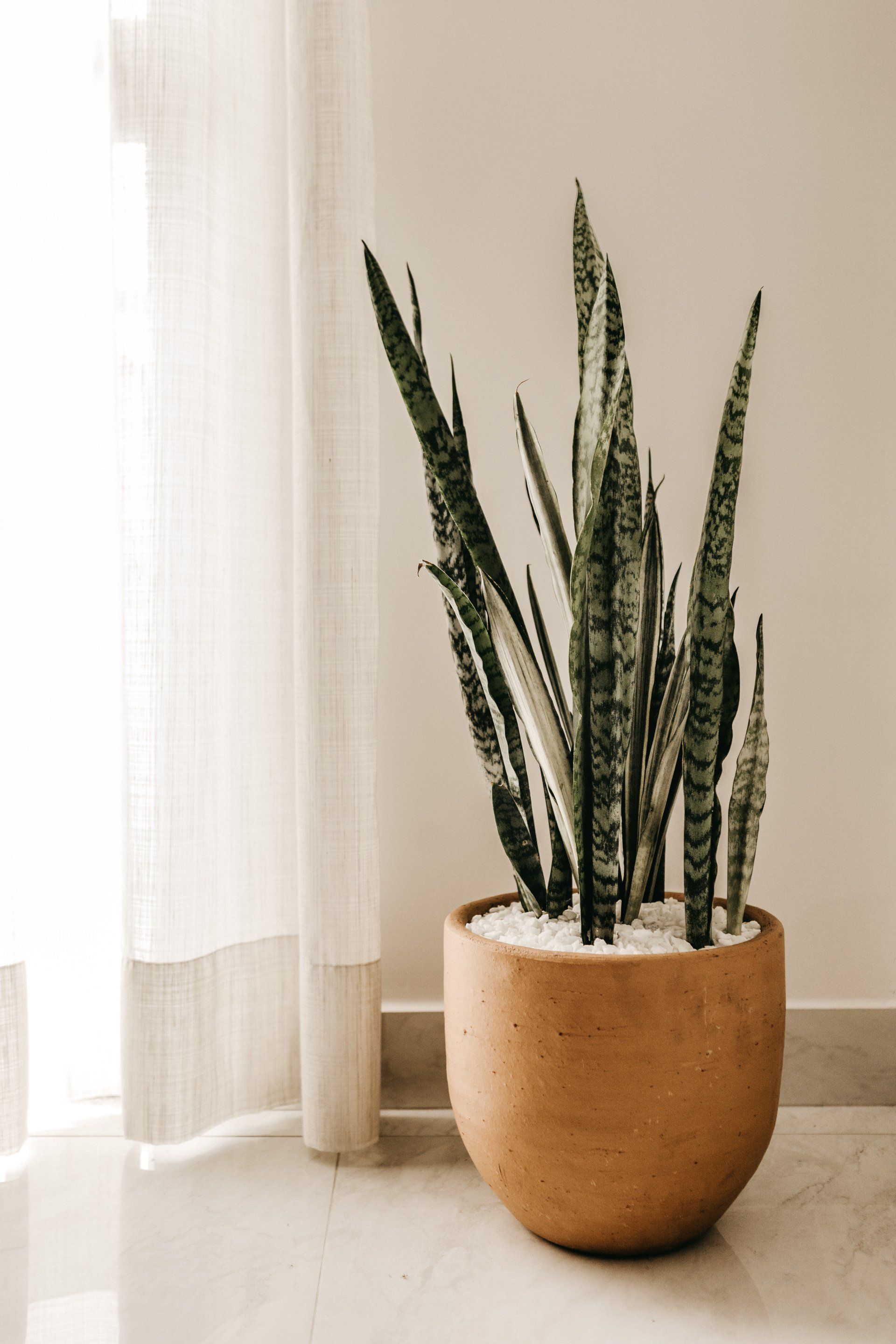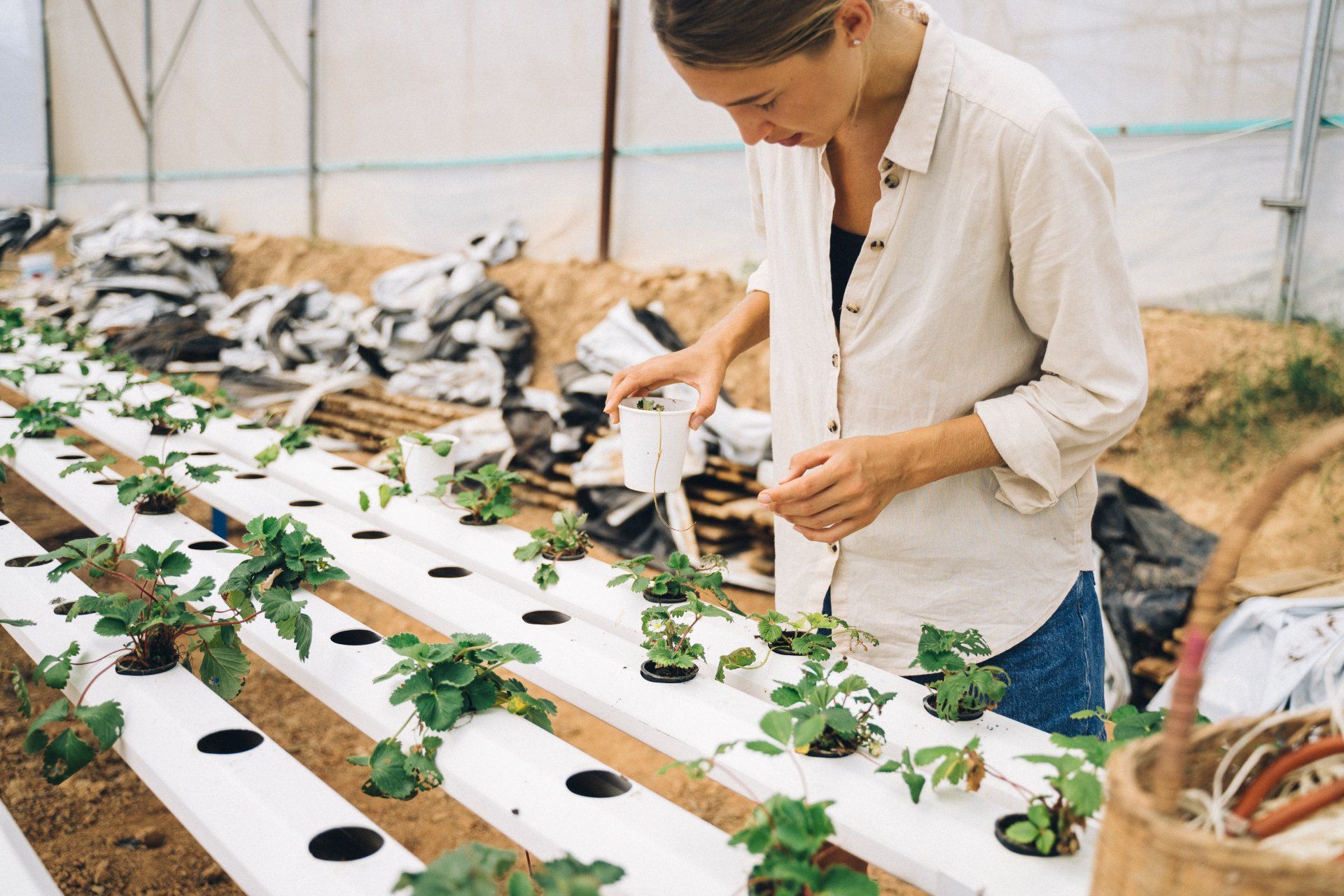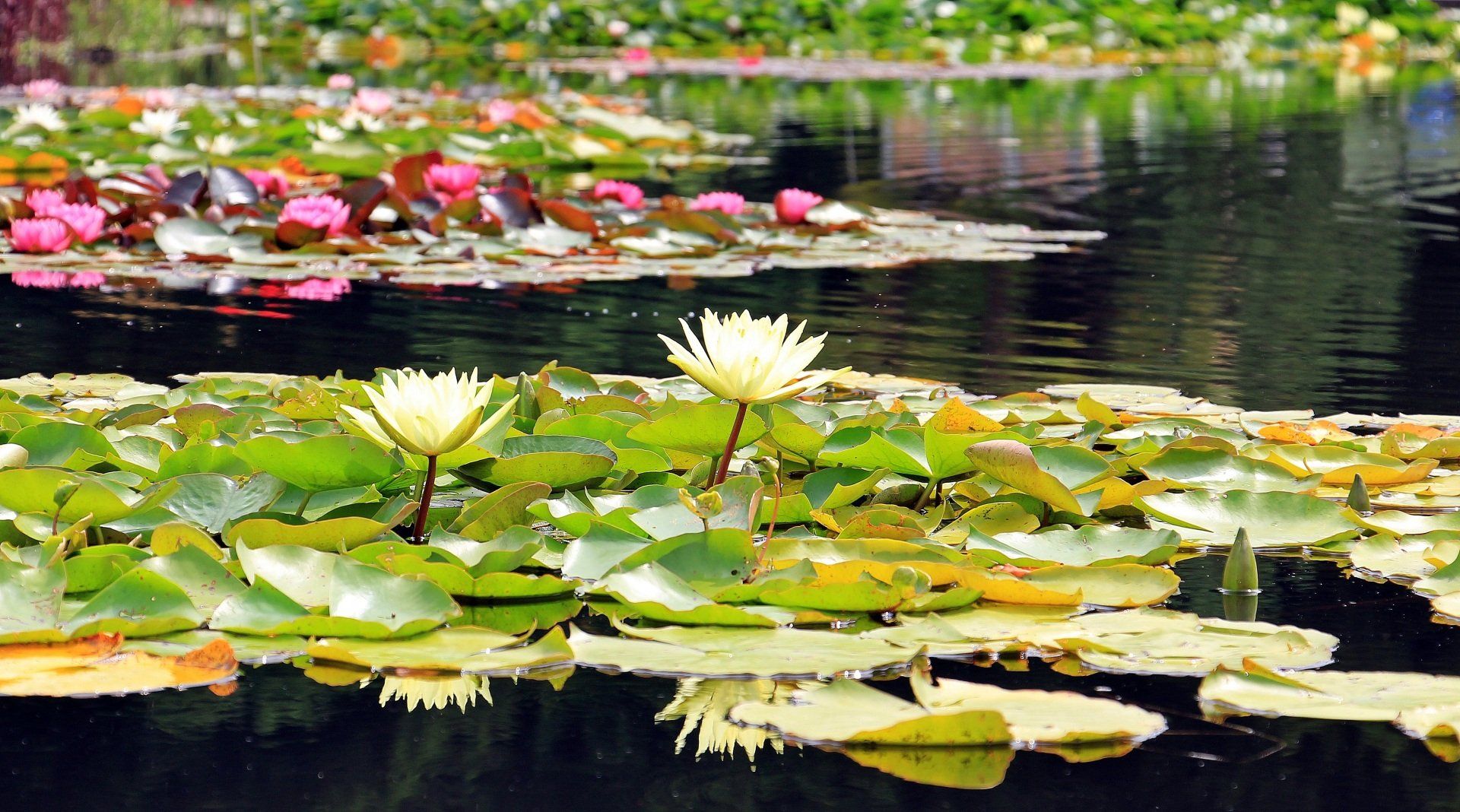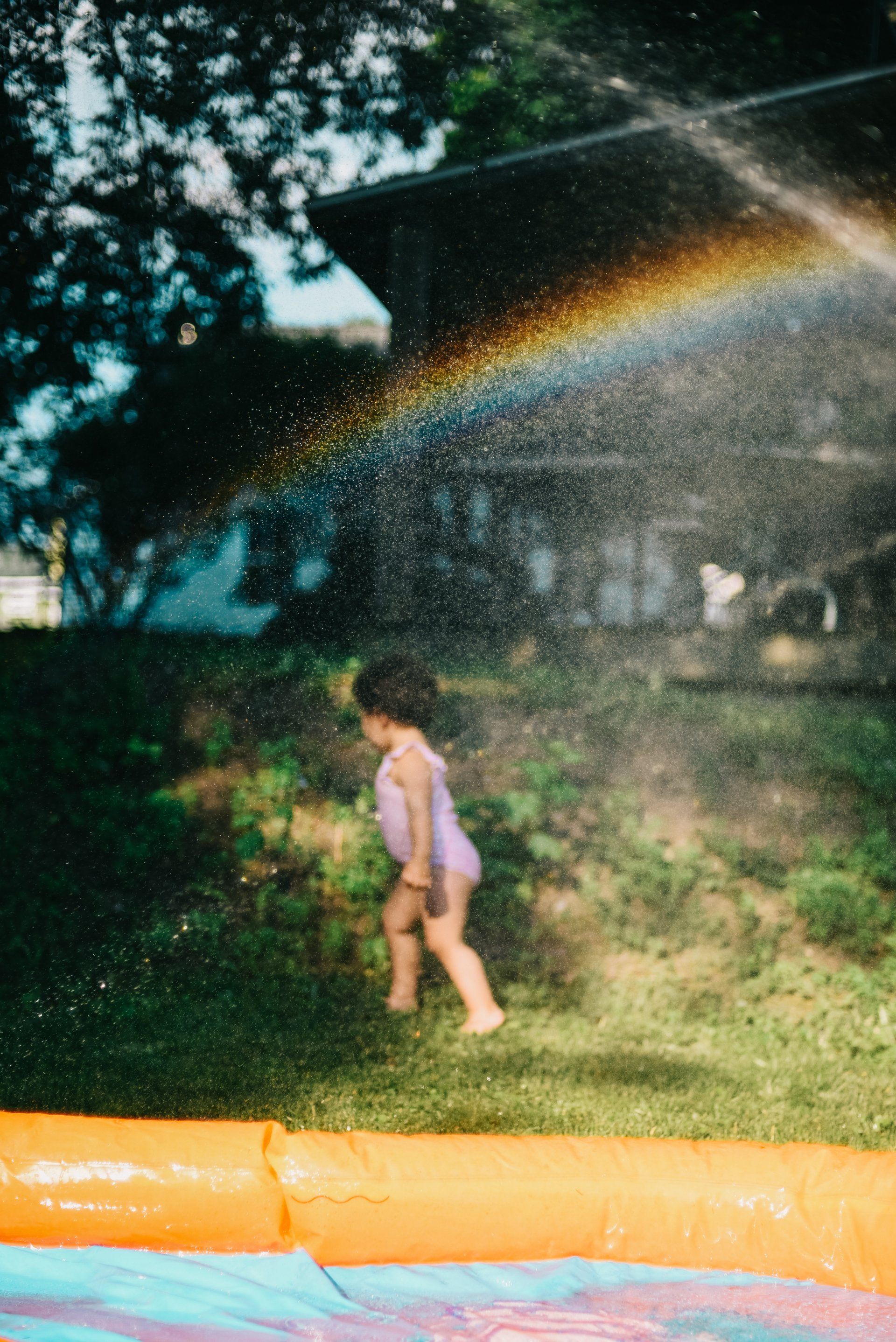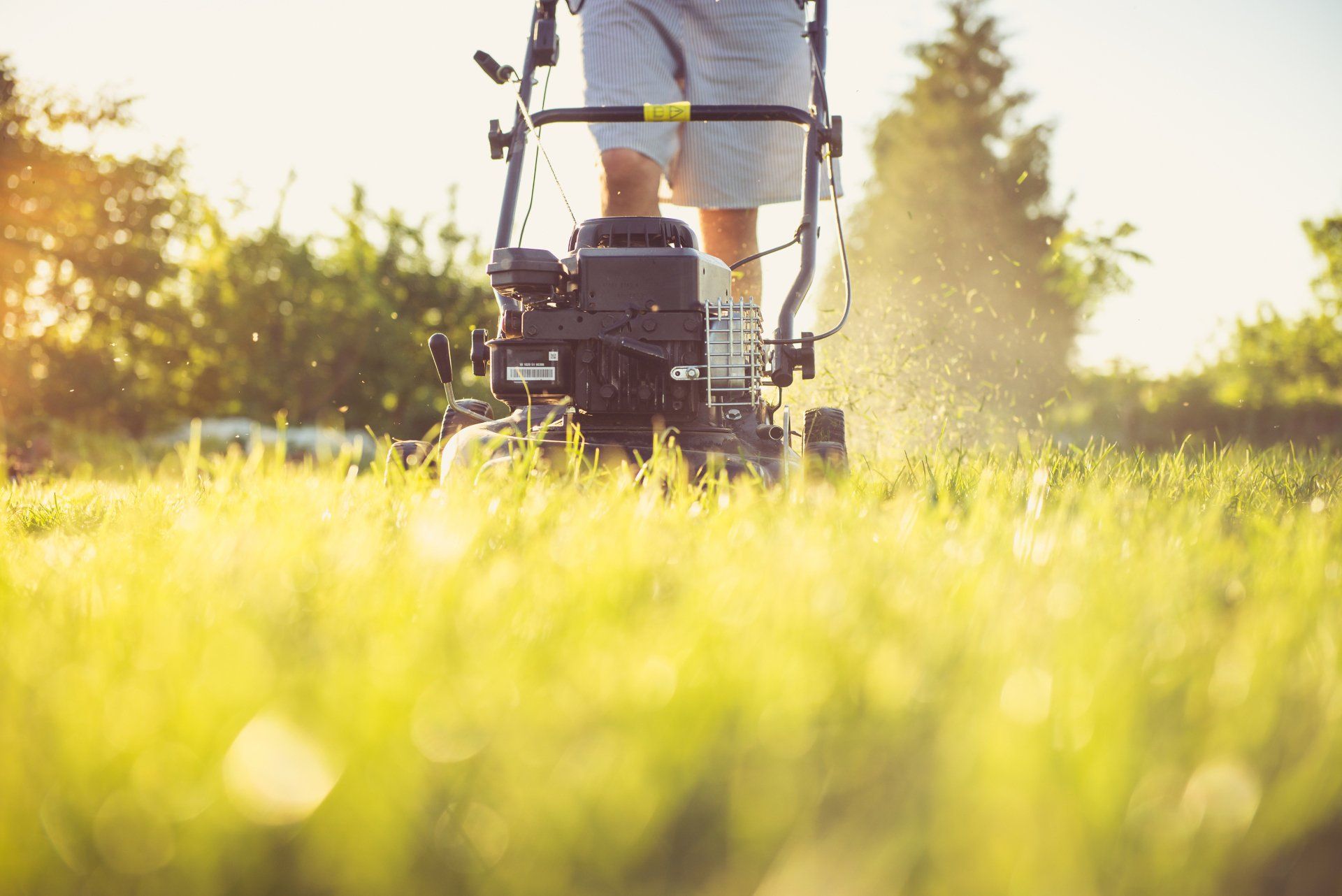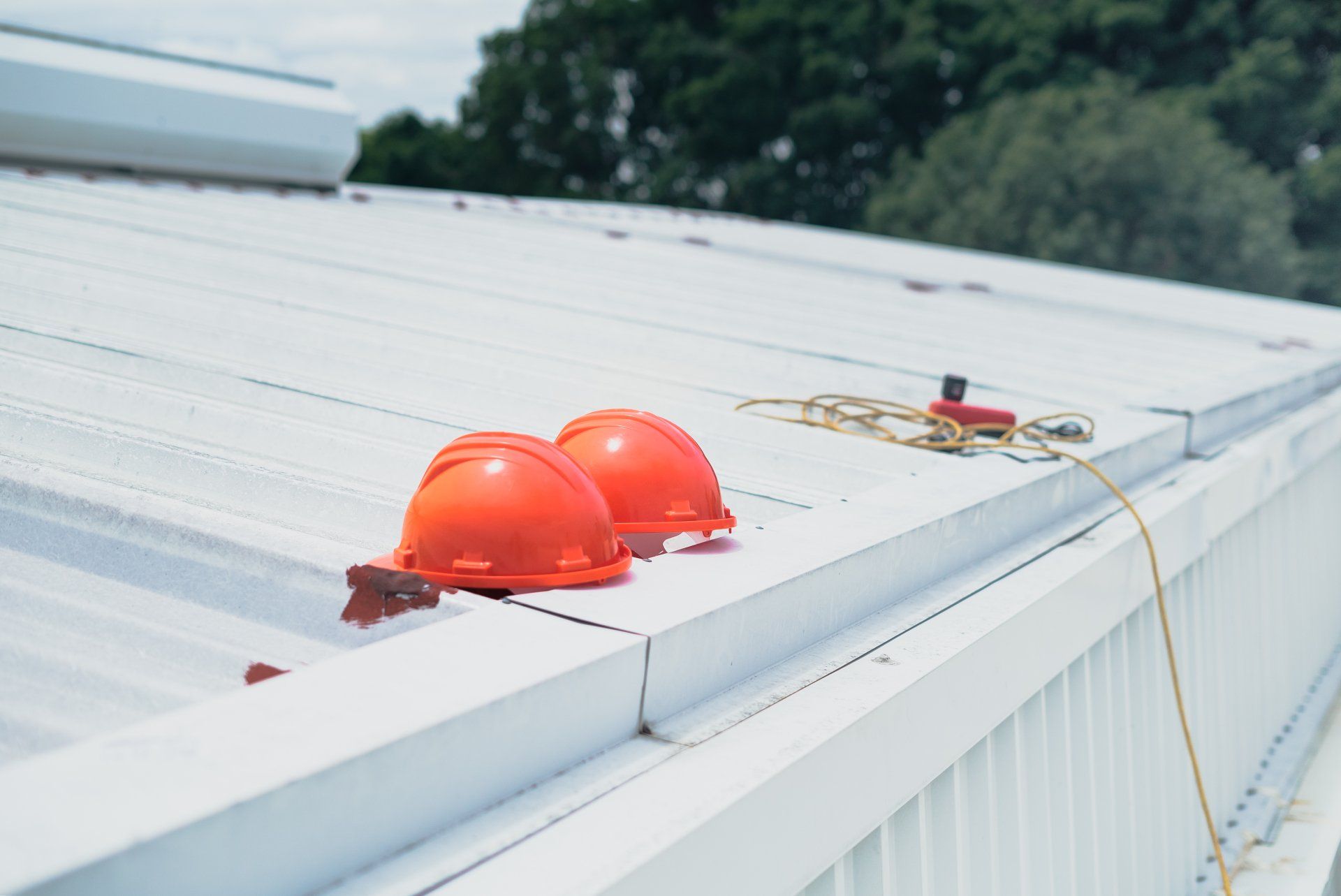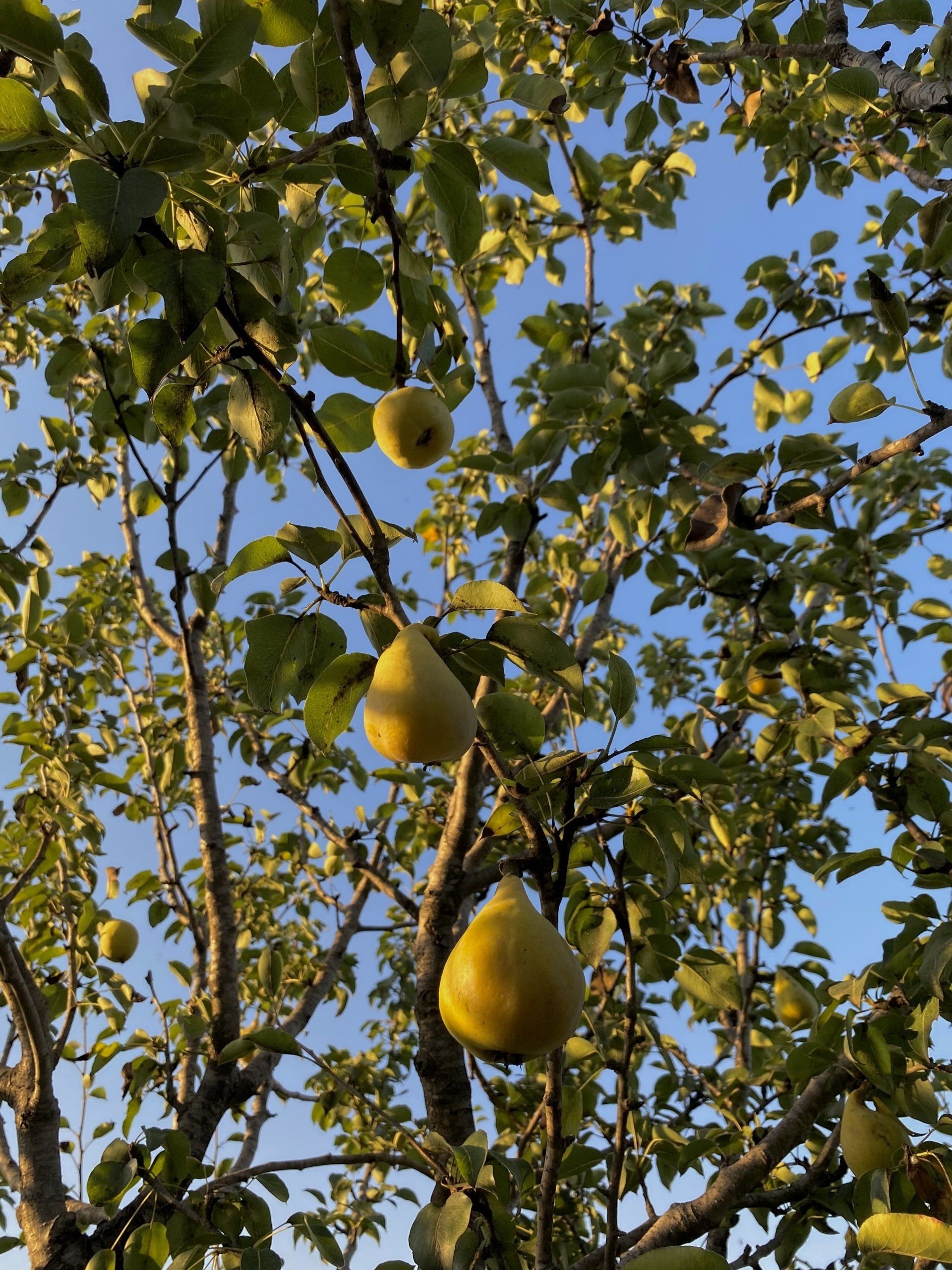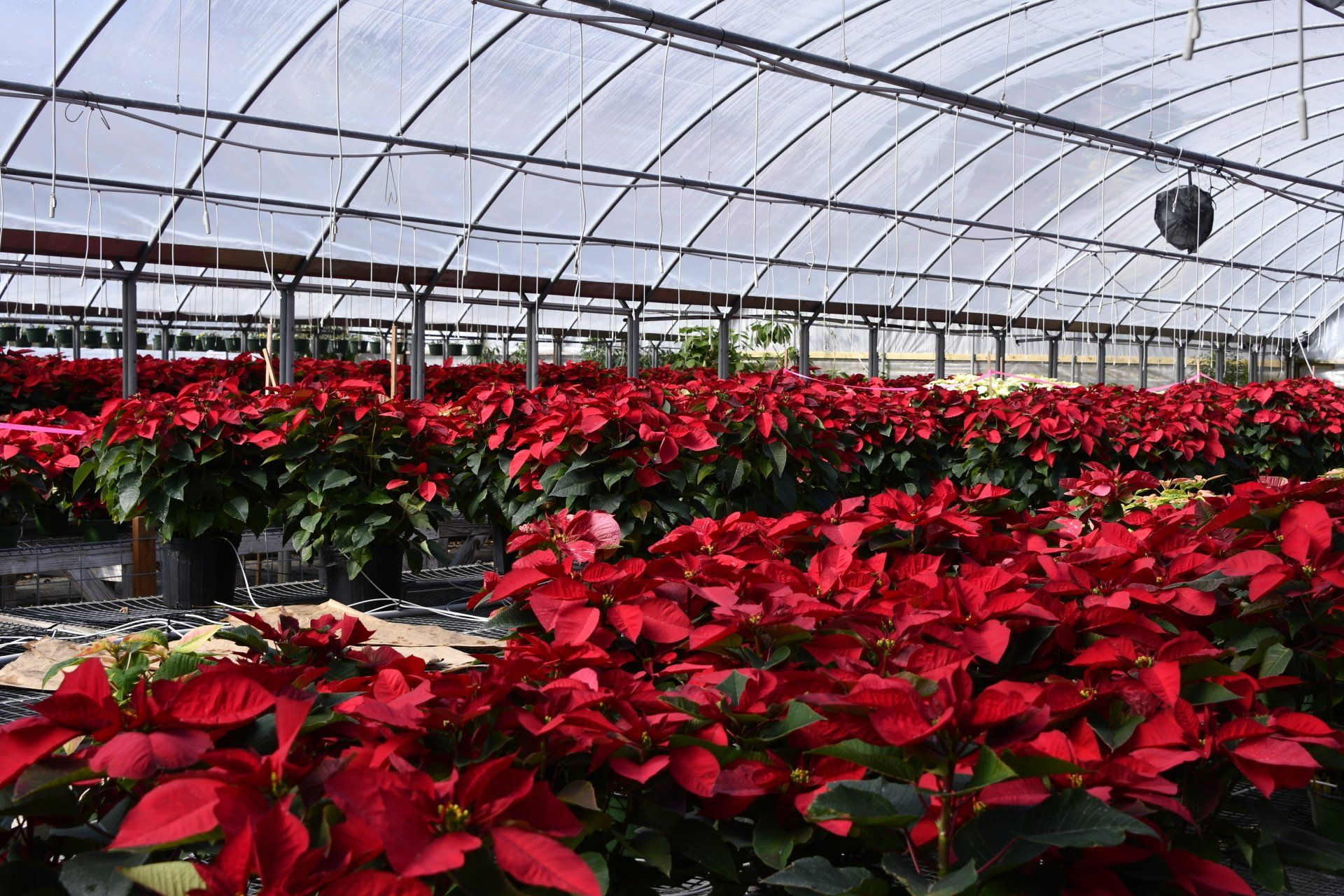How to landscape a yard without grass
How to landscape a yard without grass
Your yard might be too shaded, or the soil is poor. Whatever your reasons for landscaping woes may be, you can make your yard look great even without grass. Just the right landscaping ideas are needed, along with a little imagination.
How to Landscape a Shaded Backyard
For grass to flourish, it needs plenty of sun. Shade-loving varieties are the best choice if your yard is shaded. Look for plants with beautiful foliage and not flowers. Here are some tips:
- Groundcover: These low-lying plants don't grow higher than 12 to 18 inches. They can be grown either alone or together with taller plants to cover soil patches.
- Taller plants include Japanese painted ferns, European ginger, and astilbe. They help break up the flat area of groundcover in a shaded yard.
- You can find native plants at your local nursery. These plants can thrive in the shade and require little to no fertilization.
- Sitting areas and pathways: A shaded yard is the best place to relax. Make it a relaxing oasis by adding stone pavers or brick pathways, benches/hobby seats, and furniture. You can also add garden art and bird fountains to create vertical interest.
Landscape Design with Poor Soil
Planting the wrong plants in clay or poor soil may mean you are planting the wrong thing. Here are some tips for landscaping your front yard without grass using perennials that thrive in poor soil.
- Lenten roses: These robust plants are resistant to poor soil, heat, drought, and humidity. They can grow up to 2 feet tall and like a partial sun or full shade.
- Periwinkle: This creeping groundcover bears star-shaped blossoms. It grows to about one foot high. It prefers light shade and suppresses the growth of weeds wherever they spread.
- Bleeding hearts: The unique, heart-shaped blooms of this robust bush will add a cottage garden feel to your landscape. Part shade is the preferred environment for Bleeding heart.
- Black jack sedum: This variety of sedum is easy to grow. It features light pink blossoms and dark purple foliage. They can grow up to three feet high and thrive when they are in full sun.
How to Landscape a Drought-Tolerant Yard
To save water, landscaping with no grass may be an option for you if your area is drought-prone. The best option is to use xeriscaping. Here are some examples below of drought-tolerant plants that require little maintenance.
- Cacti: If a plant is thorny or spikey, it's likely that it will thrive in a low water environment.
- Succulents: These desert dwellers preserve water by using their moisture-filled leaves to withstand droughts.
- Ornamental grasses: There are many varieties of ornamental grasses.
- Inorganic mulch: Keep your plants healthy by avoiding pine bark, straw, shredded leaves, and straw. These materials retain too much water and can cause plant rot. Instead, fill the gaps using stones or pebbles.
